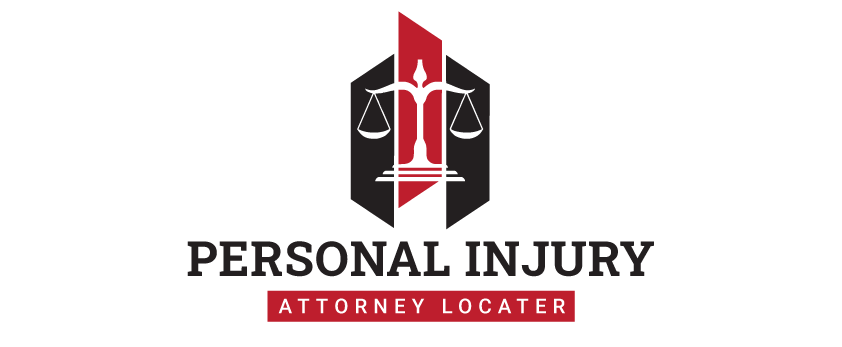How to File a Personal Injury Claim
0
When you’ve been injured, it can be overwhelming to know where to turn. But it is essential that you understand your rights and file a claim for damages as soon as possible.
Personal injury law, also referred to as tort law, encompasses cases in which someone suffers an injury due to another party’s negligence. To prove a case, you must demonstrate negligence, causation and damages.
Negligence
Negligence occurs when someone fails to exercise the standard of care that a reasonable person would exercise in similar circumstances. This could include anything from driving while texting to leaving an unsafe hazard on one’s property which could result in an accident or injury.
In a negligence case, the injured party must establish that the defendant’s actions caused them harm. This requires them to demonstrate physical injuries and financial losses as a result of the defendant’s conduct.
Damages refer to any financial losses suffered by a victim as a result of another’s conduct, such as medical bills. These can include future medical expenses, lost wages and pain and suffering sustained as a result.
Statutes of Limitations
Once you’re injured, it is essential to file a personal injury claim promptly. Doing so could result in the loss of your case if not done promptly.
Every state has a statute of limitations that dictates when you can file a personal injury lawsuit. These strict timelines range from 1-6 years (sometimes longer or shorter depending on the state’s law), depending on when you can file.
Most states grant a special extension, known as tolling, of the statute of limitations clock. For instance, if someone causes your injuries and leaves before filing suit in that state, the deadline is suspended or tolled until they return.
Case Laws
If you have been injured due to someone else’s negligence, you may be eligible for financial compensation through personal injury law. Damages that can be awarded include medical expenses, lost wages, out-of-pocket costs, pain and suffering, mental anguish and more – the list is endless!
Personal injury claims often stem from negligence – when someone owed you a duty of care but failed to uphold their end of the bargain.
There are also cases based on recklessness or intentional misconduct, which carry more weight than negligence alone.
A plaintiff must present enough facts to a jury that the defendant is responsible for their injuries. These can be determined by looking into what directly caused the victim’s harm.
Settlements
Settlements are commonly used to resolve personal injury claims and can be an economical alternative to trial. In many cases, settlement amounts will be higher than what plaintiffs would receive from a jury verdict if their case went to trial.
Settlements may cover current and future medical expenses, lost wages, and other damages. They may also include money set aside for non-economic losses like pain and suffering or emotional distress.
Most people are familiar with the concept of a lump sum payout, in which all their settlement is paid out at once. However, structured settlements offer more flexibility in receiving payments over time.
No matter which approach you select, it is critical to ensure that a settlement provides enough compensation for all injuries and losses sustained. Without it, your case could be dismissed without ever reaching resolution. To safeguard yourself in this process, consult an experienced attorney early on so that you get all of the compensation that is owed to you.

